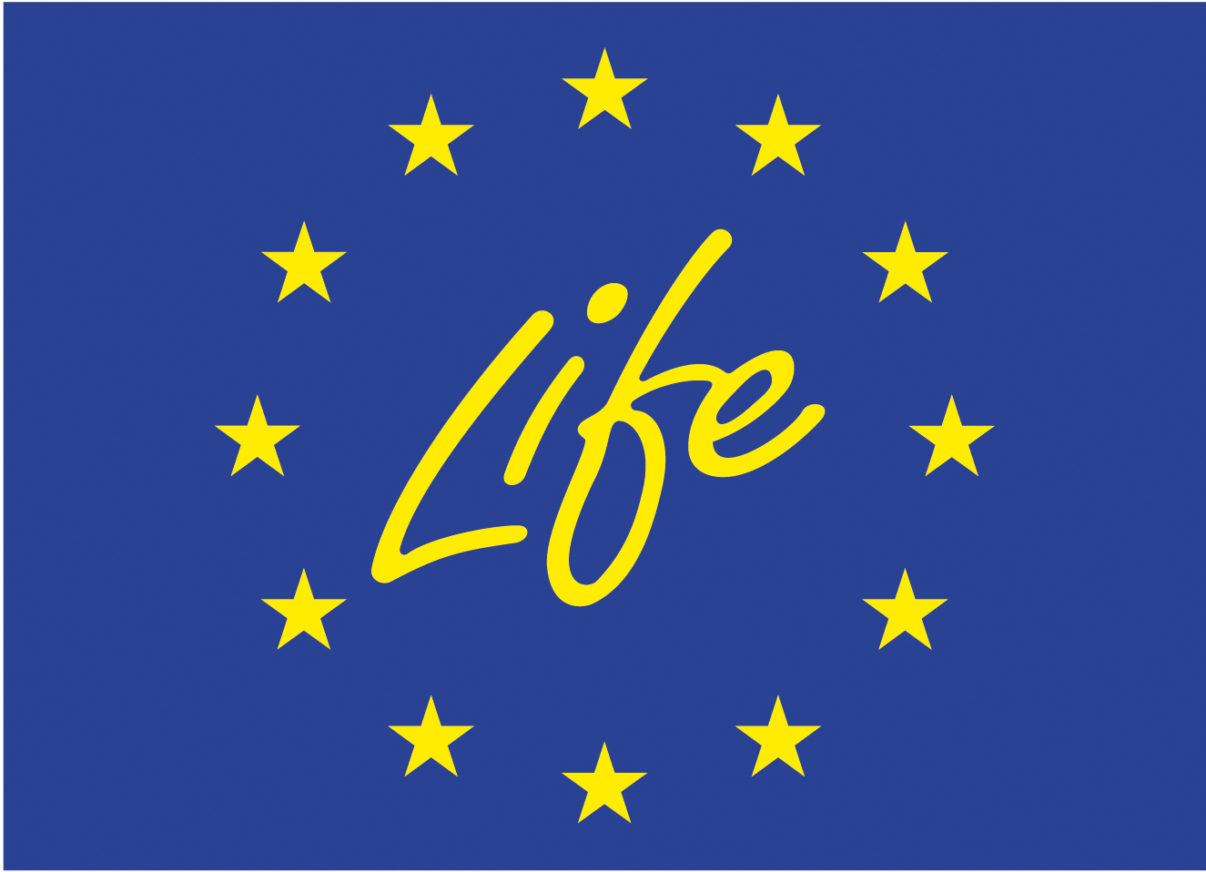A herd of 13 European bison has just arrived in the Southern Carpathians rewilding area in Romania and will soon be released into the wild. This will boost the genetic diversity of the population already roaming free here and ensure its beneficial impact continues to grow.
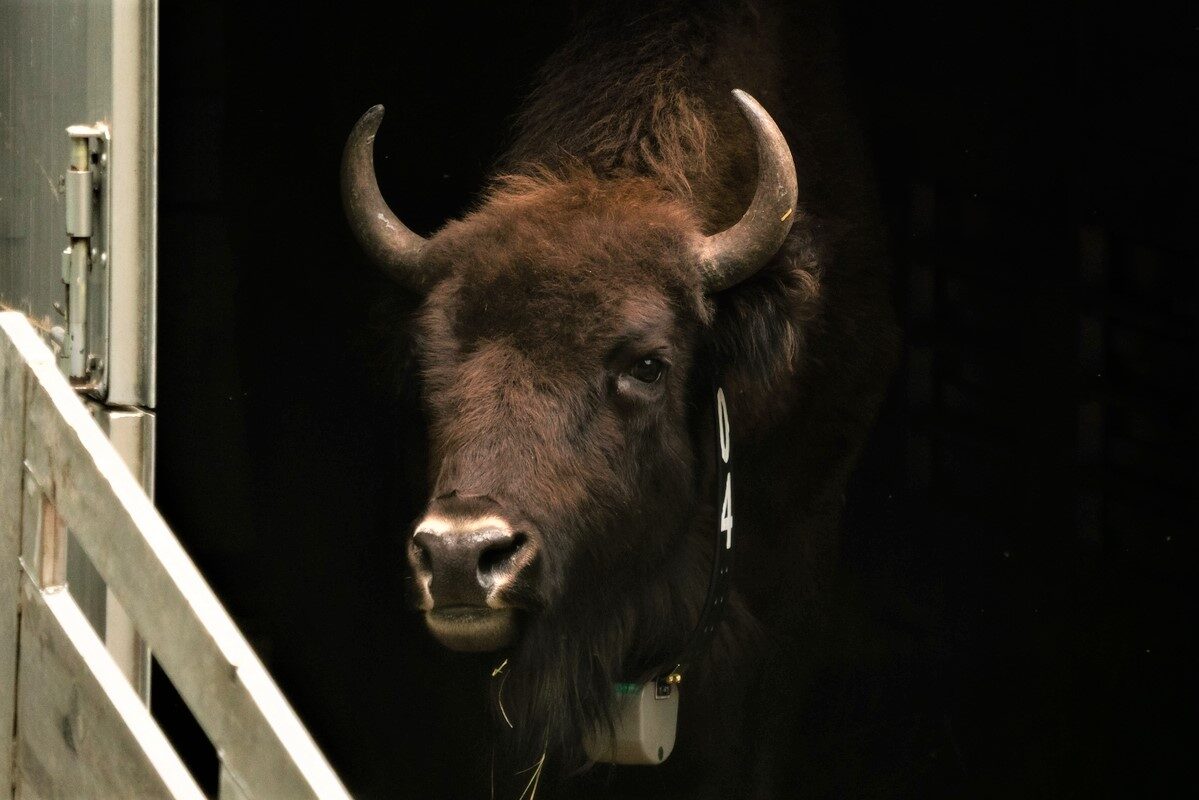
Healthy herds
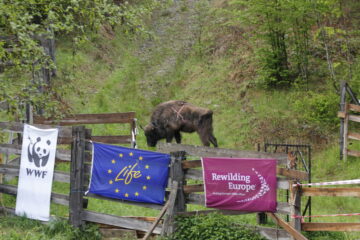
A herd of 13 female European bison has arrived in the Southern Carpathians rewilding area in Romania. The animals, which will initially be kept in an acclimatisation enclosure before their release into the wild, have been carefully selected to enhance the genetic diversity of the free-roaming bison that have already been reintroduced in the Ţarcu Mountains. These now number between 65 and 70 (including animals born in the wild), representing Romania’s largest wild bison population.
Rewilding Europe and WWF Romania have been reintroducing European bison into the Southern Carpathians rewilding area, which is located close to the village of Armeniș in western Romania, since 2014. The aim is to create a viable population that breeds in the wild and supports a thriving wild nature and local nature-based economy. Enhancing the genetic diversity of these animals is important in order to maintain the health and resilience of herds as they grow.
Specialist selection
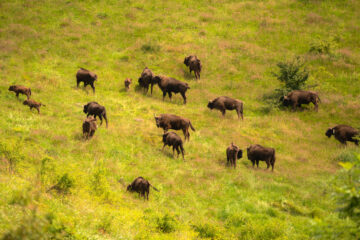
The Southern Carpathians rewilding team works with a wide range of breeding centres and reservations across Europe, consulting with numerous specialists to identify the right bison to join herds already in the wild. They know the family tree of every bison that is reintroduced.
“The animals in the latest release, for example, come from nine different European reservations,” explains Alexandra Sallay-Moșoi, a technical project manager attached to the bison rewilding team. “They have already spent almost a year together forming social, non-habituated groups at two locations in Germany: ten females at the Springe Reservation, and three females at the Donaumoos Reservation. This process is designed to give the animals the best chance of thriving in the wild.”
A keystone species
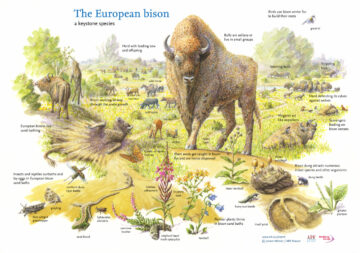
The newly arrived bison will be closely monitored by bison rangers for at least 21 days to ensure they are properly acclimatised. They will then be released into the wild, where they will be free to explore and interact with their new home. European bison are a keystone species: their grazing helps to maintain biodiversity-rich mosaic landscapes of forests and grasslands, while they also form a key component of local food webs.
“In the Southern Carpathians the presence of these huge herbivores benefits nearly 600 species of animals and 200 species of plants,” says the local rewilding team leader Marina Drugă. “This clearly demonstrates why long-term European bison conservation, involving the establishment of genetically viable populations, is so important.”
Economic impact
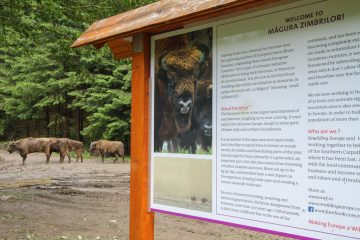
The reintroduction and growth of bison populations in many European locations is helping to underpin the development of nature-based economies, providing jobs and income for people in local communities. An estimated 100 families are now involved in bison tracking activities in the Southern Carpathians rewilding area, providing services such as catering, transport and accommodation.
“From veterinarians and bison rangers to farmers and tourists, a hugely diverse team of people now support the conservation of European bison in the Southern Carpathians,” says Drugă. “To get where we are today has been a long and complex process, but the fact that so many bison are now doing well and generating positive impact is hugely gratifying. We have bison calves being born in the wild and the tourists attracted by the bison herds now living in restored hamlets. So we are achieving a positive balance.”
Further releases
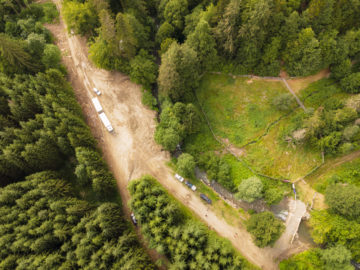
The translocation of the newly arrived bison benefitted from the professionalism of the HUNLAND Trade transport company from Hungary, which assisted the rewilding team with four transports. A total of 26 European bison have been scheduled for release in the Southern Carpathians in 2021 – the next transport will take place at the end of May and will contain six bison from the Avesta Reservation in Sweden.
Bison rewilding in the Southern Carpathians is made possible with the support of the European Commission’s LIFE programme, as well as the invaluable support of reservations throughout Europe, the national authorities of Romania, and the communities of the rewilding area.
Want to know more?
- Bison rewilding in the Southern Carpathians
- Track reintroduced bison in the Southern Carpathians with the European Safari Company
